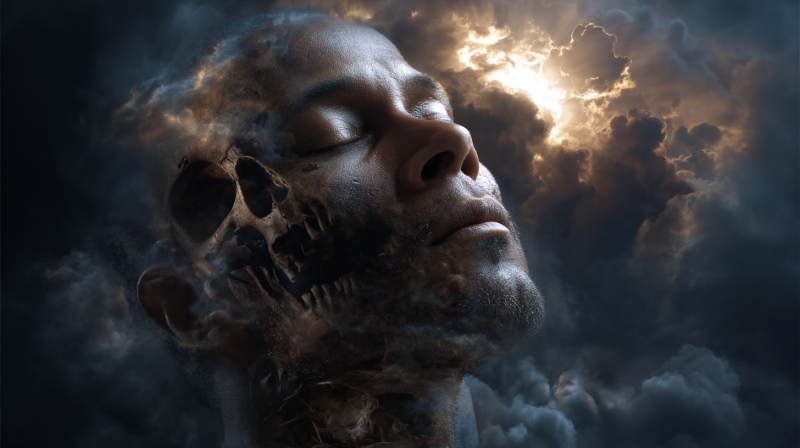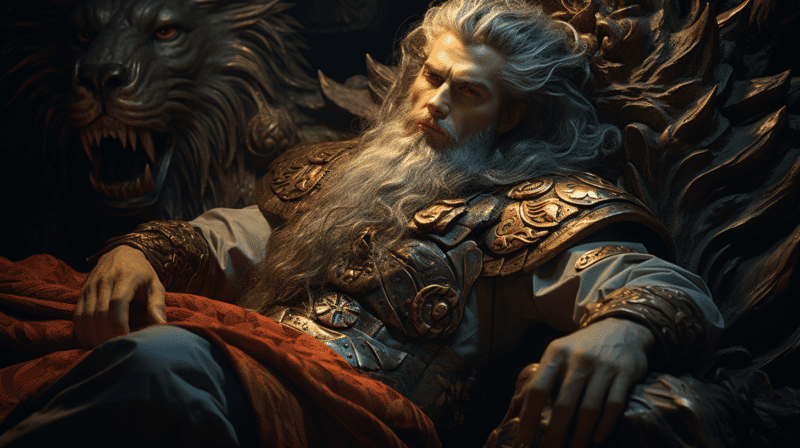The vast, icy expanses of the Arctic are home to one of the world’s most fascinating and resilient cultures—the Inuit. Their mythology is a rich tapestry of spirits, shamans, and survival stories that reflect their deep connection with the environment. In the harsh and unforgiving Arctic, the Inuit have woven tales that explain the natural world, guide their daily lives, and sustain their community spirit. This blog post delves into the captivating world of Inuit mythology, exploring the roles of spirits, the significance of shamans, and the themes of survival that are integral to their beliefs.
The Arctic Landscape: Shaping Inuit Beliefs
The Inuit people inhabit the circumpolar regions of Canada, Greenland, Alaska, and Siberia, areas characterized by extreme cold, long winters, and a unique array of wildlife. This environment has profoundly influenced their mythology, which is filled with beings and stories that reflect the stark beauty and dangers of their surroundings. The Arctic landscape is not just a backdrop but a vital component of Inuit spirituality, with every animal, weather pattern, and geographical feature holding spiritual significance.
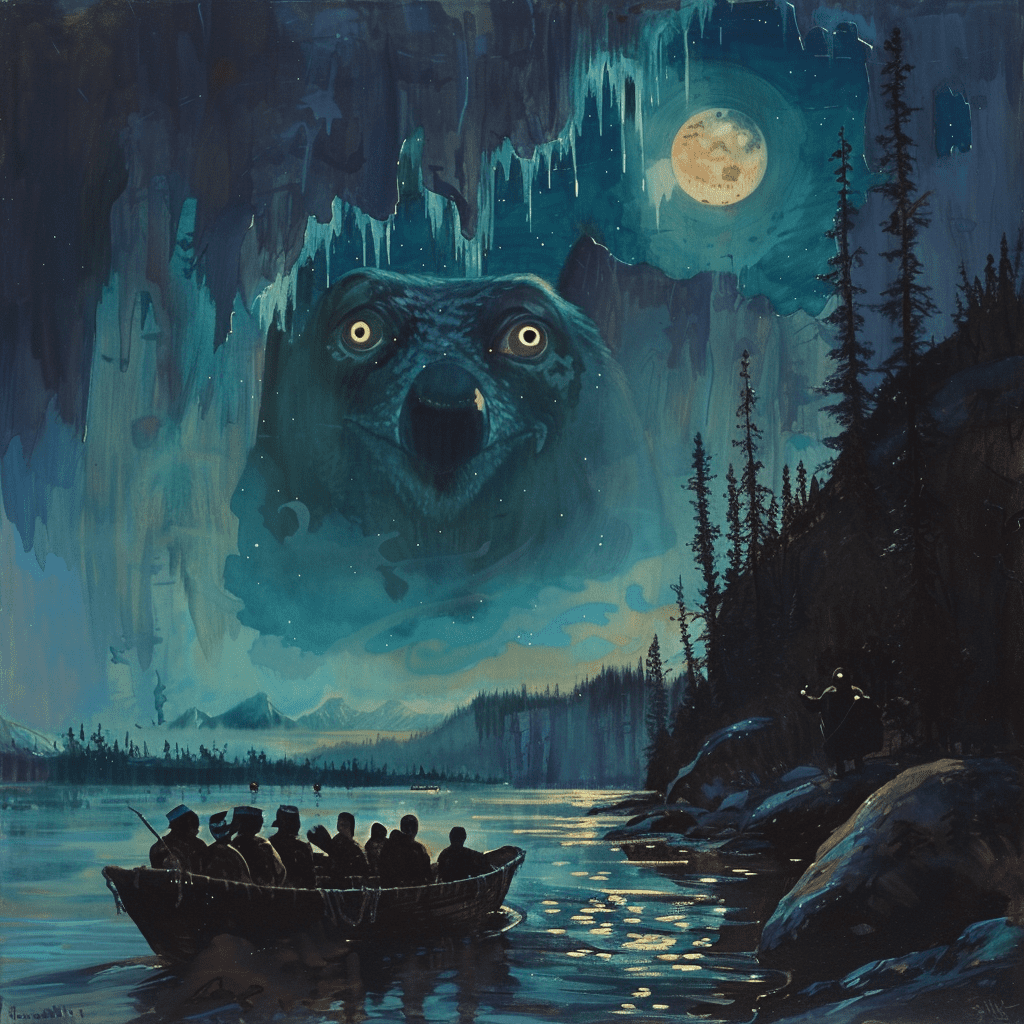
The Power of Nature
In Inuit mythology, nature is alive with spirits, each governing different aspects of the natural world. The spirits, known as “Inua” (plural “Inuit”), inhabit animals, plants, and even inanimate objects like rocks and weather phenomena. This animistic belief system ensures that the Inuit treat their environment with deep respect and caution. Hunting, fishing, and gathering are not merely survival activities but sacred interactions with the spirit world.
Sedna: The Mother of the Sea
One of the most important deities in Inuit mythology is Sedna, the Mother of the Sea. Sedna’s story is central to understanding the Inuit’s relationship with the ocean, which is both a source of life and a place of great danger.
According to legend, Sedna was a young woman who was cast into the sea by her father after she refused to marry. As she clung to the side of their kayak, her father cut off her fingers one by one. Each finger transformed into a sea creature—seals, walruses, whales—before Sedna herself sank to the bottom of the ocean, becoming a powerful spirit who controls all marine life.
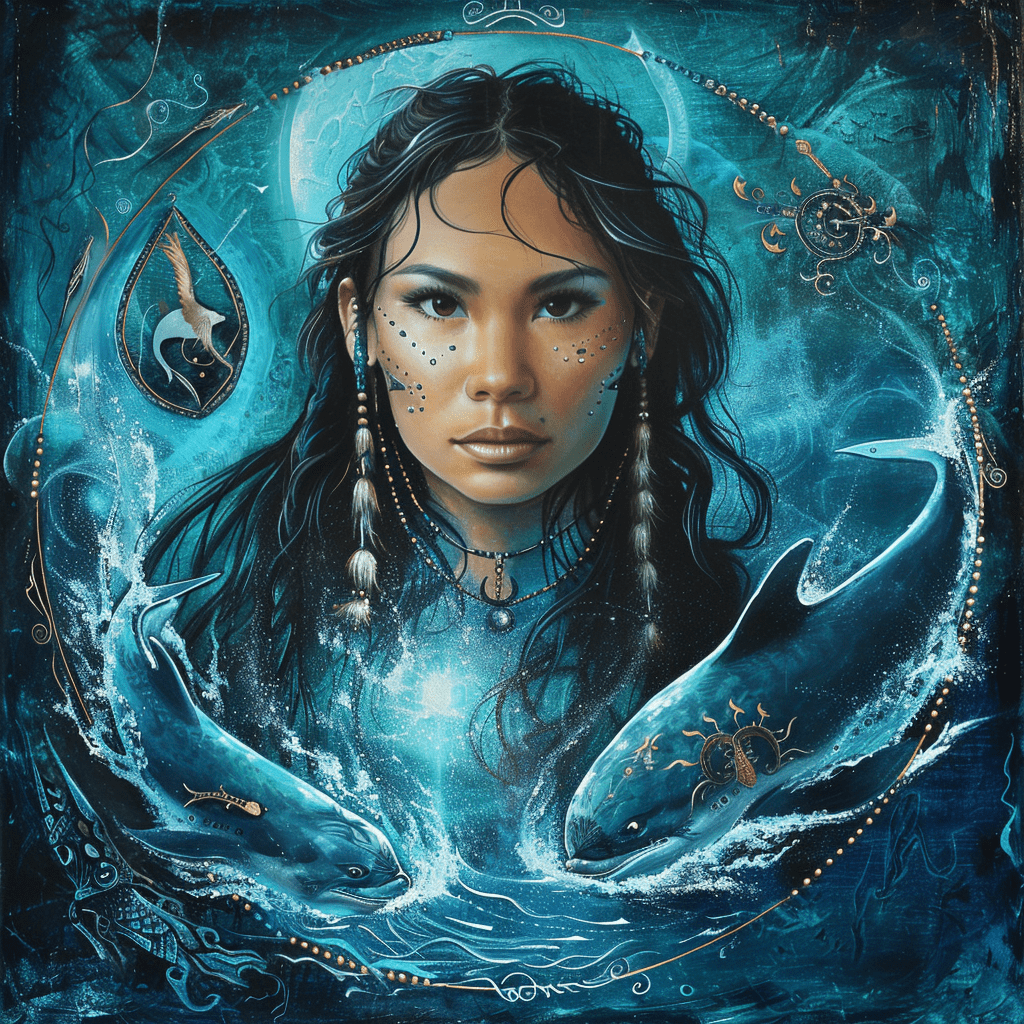
Hunters must appease Sedna to ensure a bountiful catch. Shamans often perform rituals to comb Sedna’s tangled hair, which she cannot manage herself due to her missing fingers. This act of care and respect ensures her favor and the prosperity of the community.
Shamans: The Bridge Between Worlds
Shamans, or “Angakkuq” in the Inuit language, play a pivotal role in Inuit society. They are intermediaries between the human world and the spirit world, possessing the ability to communicate with spirits, perform healing rituals, and guide their communities through crises.
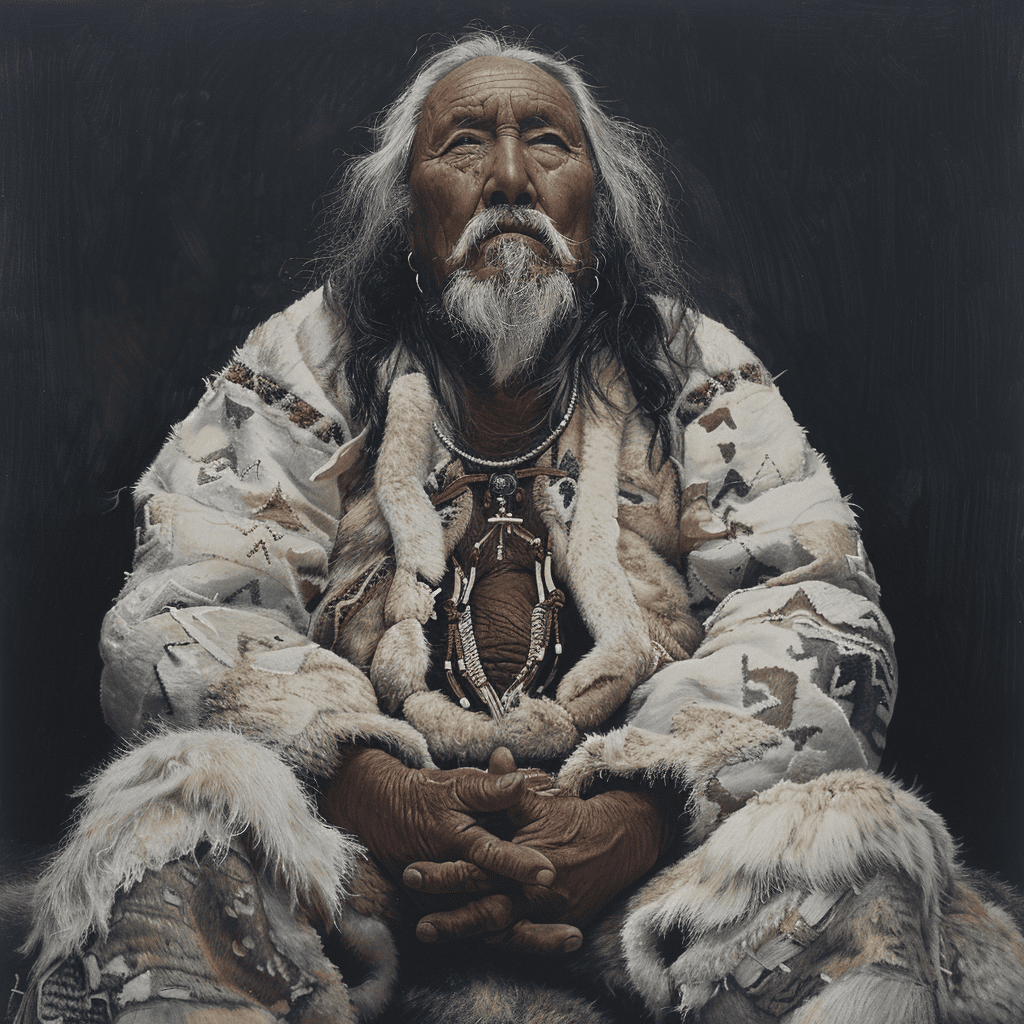
Becoming a Shaman
The path to becoming a shaman is arduous and often marked by a calling that cannot be ignored. Potential shamans may experience visions, dreams, or unexplained illnesses that signify their selection by the spirits. Elder shamans then mentor them, teaching sacred knowledge, rituals, and the use of spiritual tools.
The Shaman’s Tools
A shaman’s toolkit includes various objects imbued with spiritual significance. Drums, often made from animal hide and wood, are crucial for inducing trance states. Masks and amulets provide protection and power during rituals. The shaman’s journey into the spirit world is both a physical and metaphysical experience, involving rhythmic drumming, chanting, and intense concentration.
Healing and Protection
Shamans are healers, using their connection with spirits to diagnose and treat illnesses that are often believed to have spiritual causes. They may extract harmful spirits, guide lost souls back to the body, or negotiate with offending spirits for the health of their patient. In addition to healing, shamans protect their community from malevolent spirits and ensure that rituals are conducted to maintain harmony with the spirit world.
Stories of Survival and Moral Lessons
Inuit mythology is rich with stories that not only entertain but also impart crucial lessons about survival and moral conduct. These stories often feature heroic individuals, clever animals, and tricky spirits, each serving to illustrate the values and knowledge necessary for life in the Arctic.
The Raven and the Sun
One popular myth tells the story of how the Raven brought light to the world. In the beginning, the earth was in perpetual darkness, making survival extremely difficult. The clever Raven discovered that an old man kept the sun hidden in a box. Through cunning and transformation, Raven managed to steal the sun and release it into the sky, bringing warmth and light to the world.

This story highlights the value of ingenuity and the lengths to which one must sometimes go to bring about positive change. The Raven, a trickster figure common in many Indigenous mythologies, embodies both the challenges and rewards of cleverness and resourcefulness.
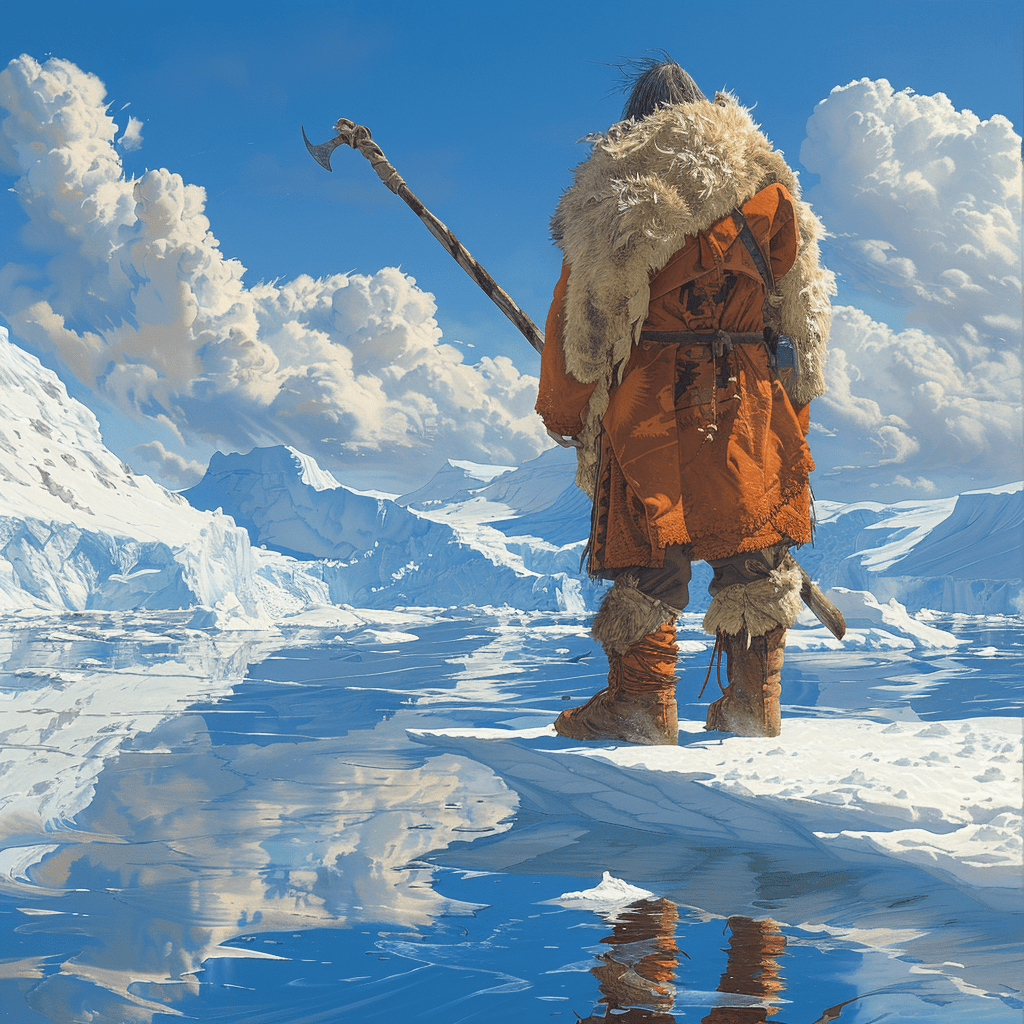
Kiviuk: The Eternal Wanderer
Kiviuk is a legendary hero whose adventures are told across many Inuit communities. His stories vary but often involve long journeys, encounters with supernatural beings, and tests of endurance and wit. In one tale, Kiviuk is stranded on an ice floe and must navigate his way back to his homeland, facing numerous challenges along the way.
Kiviuk’s tales are a testament to the resilience and perseverance required to survive in the Arctic. They serve as moral guides, teaching lessons about courage, determination, and the importance of never giving up, no matter how insurmountable the odds may seem.
The Legend of the Blind Boy and the Loon
Another poignant story is that of the blind boy and the loon. A blind boy is mistreated by his family, who leave him to fend for himself. A compassionate loon takes pity on him, leading him to a lake where the loon dives repeatedly, encouraging the boy to do the same. Each dive gradually restores the boy’s sight, and he returns to his family, now strong and capable.
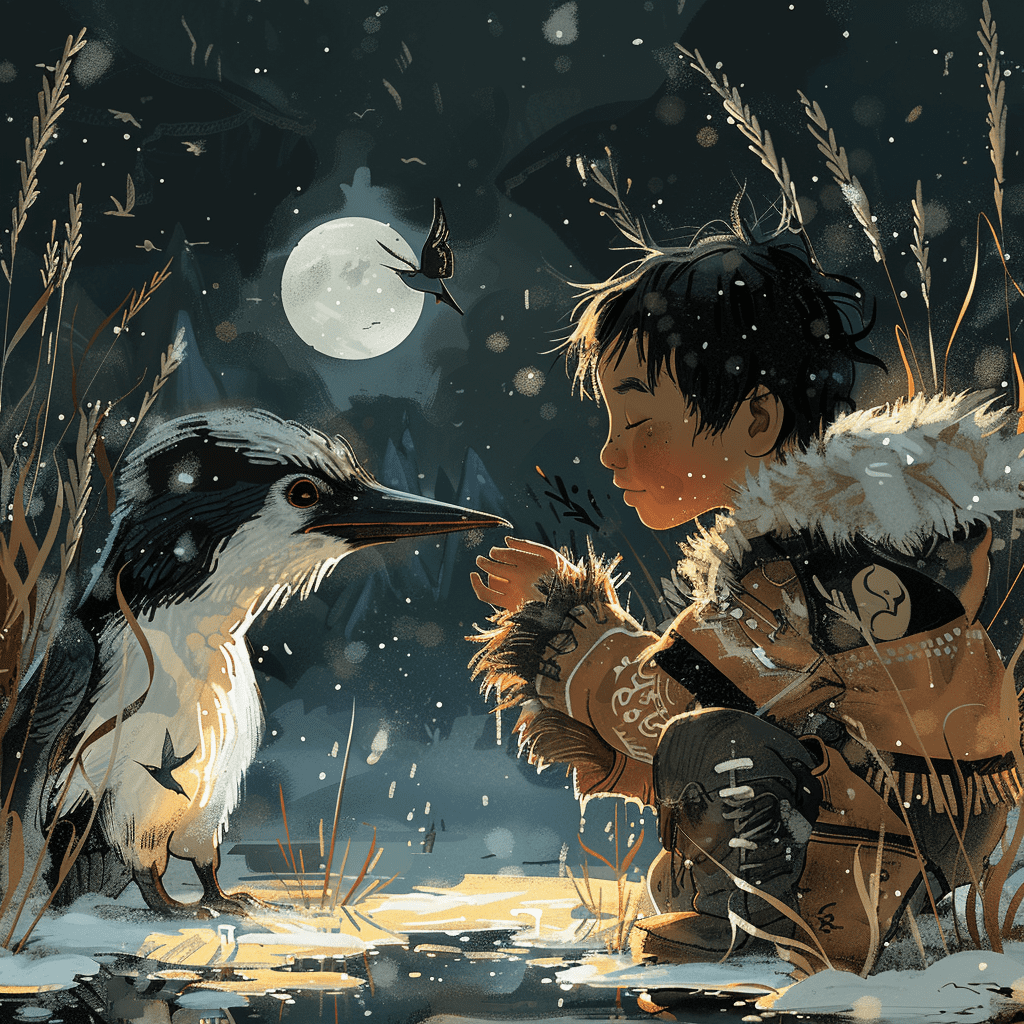
This story emphasizes themes of compassion, resilience, and the transformative power of kindness. It also underscores the deep respect the Inuit have for animals, viewing them as both guides and benefactors in the human world.
Survival Strategies in Inuit Mythology
Survival in the Arctic requires a profound understanding of the environment and an ability to adapt to its challenges. Inuit mythology encapsulates essential survival strategies, blending practical knowledge with spiritual guidance.

Respect for Animals
Inuit hunting practices are deeply rooted in respect for the animals they depend on. Hunters perform rituals and offer prayers to the spirits of the animals, ensuring that they are hunted sustainably and with gratitude. This reciprocal relationship is crucial, as it ensures the continued availability of game and maintains the balance between humans and nature.
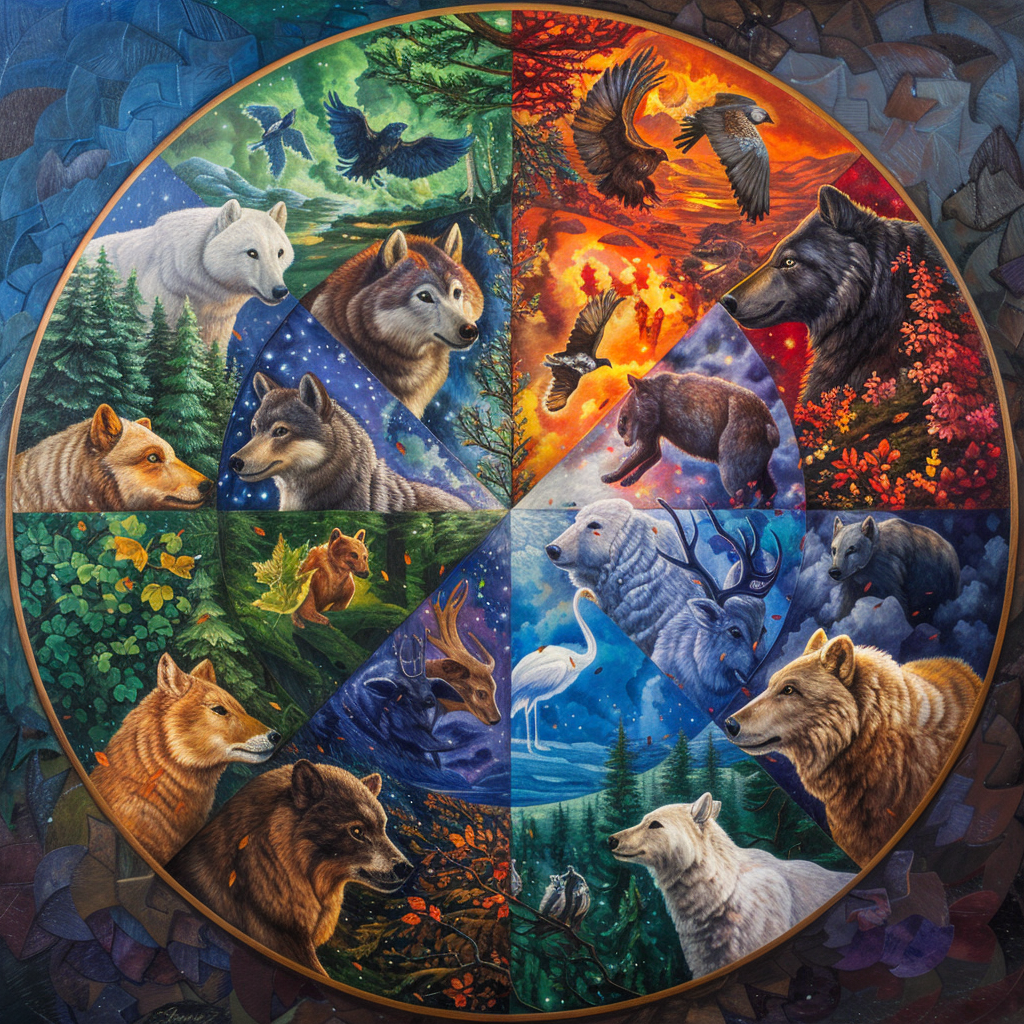
Seasonal Cycles and Celestial Guidance
The cyclical nature of the seasons is a prominent theme in Inuit mythology. Stories and rituals mark important times of the year, guiding the community’s activities. The appearance of certain stars and constellations signals changes in the seasons and the behaviors of animals. For instance, the return of the sun after the long winter darkness is celebrated with feasts and rituals, reaffirming the community’s connection to the natural world.

Navigational Wisdom
In a landscape with few landmarks, Inuit mythology includes detailed knowledge of navigation by stars, ice patterns, and animal behavior. Myths often encode practical navigation tips, such as recognizing certain ice formations that indicate safe paths or dangerous waters. This wisdom, passed down through generations, is vital for ensuring safe travel and successful hunting expeditions.
The Enduring Legacy of Inuit Mythology
Inuit mythology is more than a collection of ancient stories; it is a living, breathing tradition that continues to guide and inspire the Inuit people. Through their myths, the Inuit have preserved a deep understanding of their environment, a profound respect for the spirits that inhabit it, and a resilient spirit that enables them to thrive in one of the world’s harshest climates.
The stories of spirits, shamans, and survival are not only cultural treasures but also practical guides that ensure the well-being of the community. They teach lessons of respect, resilience, and harmony with nature that are as relevant today as they were centuries ago. In exploring these myths, we gain insight into a culture that embodies the strength and wisdom necessary to live in balance with the world around us.
References
- Boas, Franz. The Central Eskimo. Lincoln: University of Nebraska Press, 1964.
- Freuchen, Peter. Peter Freuchen’s Book of the Eskimos. Cleveland: World Publishing Company, 1961.
- Rasmussen, Knud. Across Arctic America: Narrative of the Fifth Thule Expedition. New York: G.P. Putnam’s Sons, 1927.
- Merkur, Daniel. Powers Which We Do Not Know: The Gods and Spirits of the Inuit. Edmonton: University of Alberta Press, 1991.
- Nuttall, Mark. Encyclopedia of the Arctic. New York: Routledge, 2005.
- Lowenstein, Tom. Ancient Land: Sacred Whale: The Inuit Hunt and Its Rituals. New York: Farrar, Straus and Giroux, 1993.

